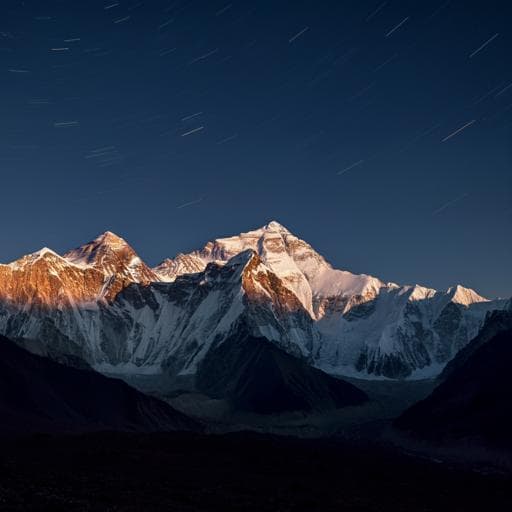
Earth Sciences
Warming and drying over the central Himalaya caused by an amplification of local mountain circulation
J. Norris, L. M. V. Carvalho, et al.
Dive into the intriguing dynamics of the central Himalayas where recent warming and drying trends are reshaping water resources. This exciting research conducted by Jesse Norris, Leila M. V. Carvalho, Charles Jones, and Forest Cannon reveals how the diurnal cycle significantly influences these climatic changes, offering crucial insights for future hydroclimate predictions.
~3 min • Beginner • English
Related Publications
Explore these studies to deepen your understanding of the subject.







